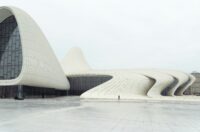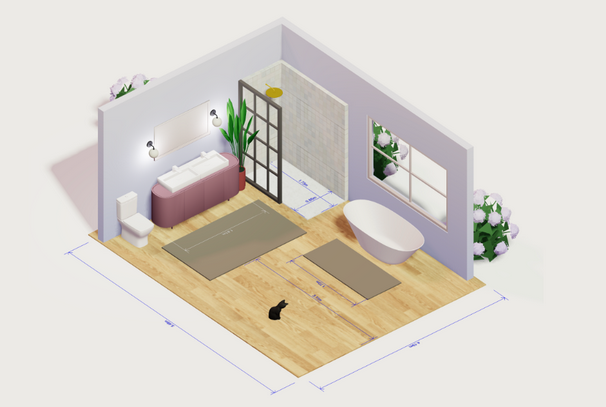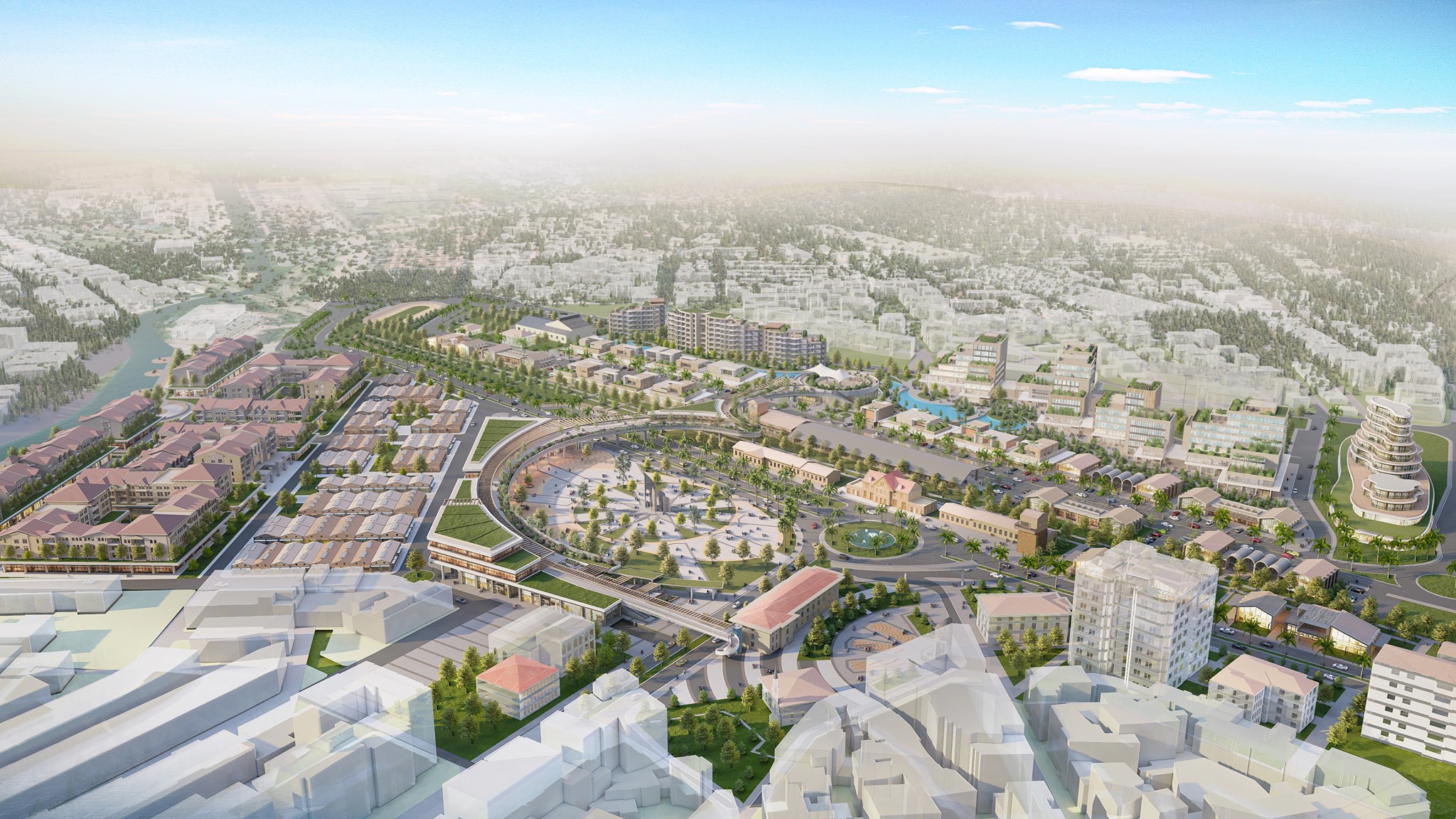- Home
- Articles
- Architectural Portfolio
- Architectral Presentation
- Inspirational Stories
- Architecture News
- Visualization
- BIM Industry
- Facade Design
- Parametric Design
- Career
- Landscape Architecture
- Construction
- Artificial Intelligence
- Sketching
- Design Softwares
- Diagrams
- Writing
- Architectural Tips
- Sustainability
- Courses
- Concept
- Technology
- History & Heritage
- Future of Architecture
- Guides & How-To
- Art & Culture
- Projects
- Interior Design
- Competitions
- Jobs
- Store
- Tools
- More
- Home
- Articles
- Architectural Portfolio
- Architectral Presentation
- Inspirational Stories
- Architecture News
- Visualization
- BIM Industry
- Facade Design
- Parametric Design
- Career
- Landscape Architecture
- Construction
- Artificial Intelligence
- Sketching
- Design Softwares
- Diagrams
- Writing
- Architectural Tips
- Sustainability
- Courses
- Concept
- Technology
- History & Heritage
- Future of Architecture
- Guides & How-To
- Art & Culture
- Projects
- Interior Design
- Competitions
- Jobs
- Store
- Tools
- More
Revit vs Archicad: Which BIM Software Is Best for Your Architecture Projects?
Discover the differences between Revit and Archicad, two top BIM tools for architects and designers. Explore their features, usability, collaboration tools, pricing, and performance to determine which software aligns best with your project needs, team dynamics, and budget. Make an informed choice to elevate your design and workflow efficiency.

Choosing the right design software can feel like navigating a maze, especially when two industry giants like Revit and Archicad dominate the conversation. Both tools are powerful in their own right, shaping the way architects and designers bring visions to life. But how do we decide which one truly fits our needs?
Revit and Archicad each offer unique features, workflows, and strengths, making the decision less about which is better and more about what aligns with our projects and team dynamics. Whether we’re focused on collaboration, customization, or efficiency, understanding their differences is key to making an informed choice.
Let’s explore how these two platforms stack up against each other, so we can determine which one suits our creative and technical goals best.

Table of Contents
ToggleOverview Of Revit And Archicad
Revit and Archicad are leading BIM (Building Information Modeling) software widely used in architecture, engineering, and construction. Both platforms offer tools for design, documentation, and collaboration but cater to distinct workflows and user preferences.

What Is Revit?
Revit, developed by Autodesk, is a BIM software designed for multi-disciplinary teams. It supports coordination among architects, engineers, and contractors, enabling detailed 3D modeling and documentation. It integrates structural engineering, MEP (Mechanical, Electrical, and Plumbing) design, and architectural features into a unified workflow. Revit’s parametric modeling allows real-time updates across drawings and models, ensuring design consistency. Popular among large firms, it excels in complex projects requiring extensive collaboration.
What Is Archicad?
Archicad, created by Graphisoft, focuses on intuitive design and streamlined BIM processes. It’s tailored for architects with tools combining 3D modeling and 2D drafting in one platform. Known for its user-friendly interface, Archicad simplifies processes like design visualization, documentation, and collaboration. Features like Teamwork support real-time multi-user access, enhancing project efficiency. Many small to mid-sized firms favor Archicad for its ease of use and design-oriented approach.
Key Features Comparison
Revit and Archicad each offer distinct features tailored to different workflows and design needs. Here’s how they compare across critical aspects of their functionality.

User Interface And Usability
Revit’s interface prioritizes consistency for multi-disciplinary collaboration. It organizes tools into a ribbon-style menu, which can feel overwhelming for new users but enhances efficiency after familiarity. Customizable toolbars support complex workflows, making it effective for large teams.
Archicad focuses on simplicity with a more intuitive layout. Its design-centric interface offers drag-and-drop functionalities and fewer nested menus, making it easier for beginners and small teams to adopt quickly. Navigation features like the Navigator tool simplify managing design layers and 3D views.
Design And Modeling Capabilities
Revit excels in parametric design, enabling dynamic updates across models when changes are made. Its robust 3D modeling capabilities include powerful structural and MEP (mechanical, electrical, plumbing) tools, essential for intricate, multi-disciplinary projects.
Archicad combines 3D modeling with 2D drafting efficiently. Its Morph and Shell tools cater to creative freedom, supporting detailed conceptual designs. However, it provides fewer specialized features for engineering disciplines, staying more focused on architectural design.
Collaboration And Teamwork Tools
Revit enhances real-time collaboration using Autodesk’s cloud-based BIM 360 platform. Teams across disciplines can access shared models simultaneously, reducing errors and improving project coordination. Version tracking allows efficient model updates.
Archicad employs Teamwork, a BIMcloud-enabled tool that facilitates model sharing and conflict detection. While designed primarily for architects, Teamwork works well for small and mid-sized teams, ensuring smooth communication.
Performance And Speed
Revit handles large-scale projects effectively, though its performance may lag on complex files without high-spec hardware. Its system requirements can make it resource-intensive for small firms with limited computing power.
Archicad offers faster performance for design-focused projects. Optimized to handle mid-size models smoothly, it typically runs efficiently even on less capable systems. Its lightweight nature contributes to its popularity with smaller firms.
Pricing And Licensing
Understanding the cost and licensing structures of Revit and Archicad is crucial for identifying which software aligns best with project budgets and organizational priorities. Both Revit and Archicad follow subscription-based models, with varying pricing tiers and benefits.

Cost Of Revit
Revit’s pricing depends on Autodesk’s subscription plans. The monthly plan is $335, while an annual subscription is $2,675. Multi-year subscriptions provide cost efficiency, with a three-year plan costing $7,225. These prices cover features like advanced BIM tools, collaboration through BIM 360, and regular updates.
Autodesk also offers the Architecture, Engineering & Construction (AEC) Collection, which includes Revit and other software like AutoCAD and Navisworks. This costs $3,115 annually or $8,735 for three years, making it ideal for firms requiring multiple resources. Licensing for Revit is user-based, and additional licenses are needed for expanding teams.
Cost Of Archicad
Archicad’s pricing model includes both subscription and perpetual licenses. The subscription cost begins at $267 monthly or $2,131 annually. Unlike Revit, perpetual licenses are available, with a one-time cost ranging from $5,000 to $6,000, depending on the version and region. This appeals to firms seeking long-term ownership.
Graphisoft also provides Archicad as part of their Forward package, a maintenance and service agreement. Forward includes updates, support, and cloud-based services at an additional cost. Archicad offers a floating license option, making it convenient for teams sharing access across devices.
Pros And Cons Of Each Software
Revit and Archicad each have distinct advantages and disadvantages, which influence their suitability for various projects and teams. Below, we examine the pros and cons of both to provide a clearer perspective.

Pros And Cons Of Revit
Pros
- Comprehensive BIM Capabilities: Revit excels in Building Information Modeling, supporting detailed 3D modeling, parametric design, and multi-disciplinary workflows.
- Collaboration: Autodesk’s BIM 360 enables real-time, cloud-based collaboration, enhancing coordination among architects, engineers, and contractors.
- Integration Features: Revit integrates with other Autodesk products, providing a seamless workflow across design, analysis, and construction tools.
- Complex Project Support: The software is highly effective for large-scale, intricate projects needing a high level of detail and precision.
Cons
- Steep Learning Curve: The interface and functionality, while powerful, can be intimidating for beginners or small teams without prior experience.
- Performance Dependence: Revit’s resource-intensive nature requires high-spec hardware for optimal performance, which can increase project costs.
- Subscription Costs: With a base price of $2,675 annually, ongoing expenses can be significant, especially for smaller firms.
Pros And Cons Of Archicad
Pros
- User-Friendly Interface: Archicad is known for its intuitive layout, making it accessible to both beginners and experienced users in architectural design.
- Efficient Performance: The software runs smoothly on less powerful systems, offering faster performance for small-to-mid-sized projects.
- Flexible Licensing: Options for both subscription and perpetual licenses, along with floating licenses, cater to varying budget constraints and team setups.
- Integrated Design Tools: It combines 3D modeling and 2D drafting seamlessly, streamlining workflows for architectural-focused tasks.
- Limited Multi-Disciplinary Features: While excellent for architectural design, Archicad lacks the depth of multi-disciplinary integration found in Revit.
- Collaboration Constraints: Teamwork, Archicad’s collaboration tool, works well for small to medium teams but may not be as robust as BIM 360 for larger, complex teams.
- Project Complexity: It may not perform as effectively as Revit on highly intricate or large-scale projects requiring advanced detailing.
Which Is Better For Your Needs?
Selecting between Revit and Archicad depends on the unique requirements of your projects, team structure, and long-term goals. Evaluating factors like workflow compatibility, project scope, and team collaboration needs helps determine the ideal choice.

Factors To Consider Before Choosing
- Project Complexity: Revit handles large-scale, complex, and multi-disciplinary projects more efficiently, with advanced parametric design and coordination features. Archicad is better suited for small to mid-sized projects focused on architectural design and simplicity.
- Team Collaboration: Revit leverages Autodesk BIM 360 for real-time collaboration, ideal for large, distributed teams. Archicad’s Teamwork is effective for smaller teams but may face challenges with extensive multi-disciplinary coordination.
- Performance and Hardware: Revit requires high-spec hardware, especially for detailed models and large datasets. Archicad performs efficiently on less powerful systems, reducing hardware costs for smaller firms.
- Budget Considerations: Revit’s recurring subscription plans can be costly, starting at $335/month, while Archicad offers flexible licensing, including perpetual licenses, starting at $5,000, which may be a long-term cost saver.
- Learning Curve: Revit has a steeper learning curve due to its extensive feature set, making onboarding slower. Archicad offers a more intuitive layout, making it accessible for teams with varying experience levels.
Recommendations Based On Use Cases
- For Large Multi-Disciplinary Projects: Revit is more effective for firms collaborating with engineers and contractors on large BIM-integrated projects. Advanced parametric tools and multi-team coordination features make it the preferred option.
- For Smaller Architecture-Focused Teams: Archicad’s user-friendly design and efficient performance support small to mid-sized architecture firms. It’s ideal for teams prioritizing design-oriented workflows without needing extensive collaboration with other disciplines.
- For Budget-Conscious Teams: Companies aiming to minimize recurring software costs may prefer Archicad’s perpetual licensing option. Revit’s subscription structure is better suited for firms already invested in Autodesk’s ecosystem.
- For Teams with Limited Training Time: Archicad’s ease of use is advantageous for teams needing quick adoption and minimal training. Revit is best for firms with dedicated resources for long-term skill development.
Conclusion
Both Revit and Archicad excel as industry-leading BIM tools, yet their strengths cater to different needs. Revit aligns with large, multi-disciplinary teams requiring robust collaboration, complex modeling capabilities, and integration with other Autodesk products. Its comprehensive features come with a steeper learning curve, higher subscription costs, and increased hardware demands.
Archicad focuses on user-friendly design, faster performance on standard systems, and flexible licensing options. Smaller architecture-centric teams often prefer it for its simplicity, intuitive tools, and cost efficiency, though it’s less suited for large-scale, multi-disciplinary projects.
The choice ultimately depends on project scope, team workflows, available resources, and priorities, ensuring the selected software delivers optimal value and productivity.
- and Archicad vs Revit for collaborative design
- Archicad BIM software features
- Archicad BIM workflow
- Archicad pricing
- Archicad vs Revit capabilities
- Archicad vs Revit performance
- architectural design tools comparison
- architecture design with BIM
- benefits of BIM software in architecture
- best Archicad benefits analysis
- best Archicad workflows 2025
- best architecture project BIM software choice
- best BIM decision guide for architects
- best BIM software for architecture
- best BIM software for architecture projects
- best BIM software Revit vs Archicad
- best Revit features comparison
- best Revit vs Archicad performance
- best Revit vs Archicad review 2025
- best Revit workflows 2025
- BIM software comparison
- BIM software for architectural modeling
- BIM tools for architecture
- choosing the best BIM software
- Revit BIM software features
- Revit for architecture projects
- Revit pricing
- Revit vs Archicad
- Revit vs Archicad for architects
- Revit vs Archicad for building design
- Revit vs Archicad user reviews
Submit your architectural projects
Follow these steps for submission your project. Submission FormLatest Posts
Best Architectural Software for Students in 2025
In 2025, digital tools aren’t just convenient — they’re essential to learning,...
Beginner’s Guide to Arcadium 3D: Your First Room Design in 5 Easy Steps
Designing a room used to mean wrestling with tape measures, mood boards,...
Architectural Design Software Tools for Student Design
Many architecture students want fast ways to explore ideas. Some of them...
Lumion 2024.3: It’s Time to Enhance Urban Visualization
With 5x faster video rendering, a remarkable improvement in material quality, and...












Leave a comment